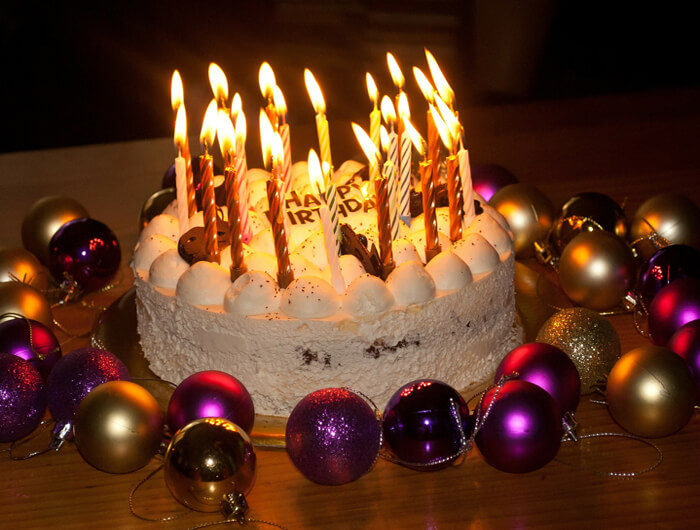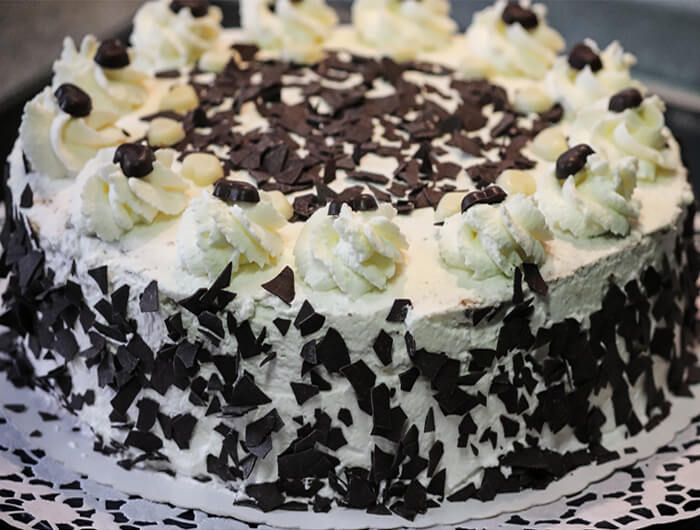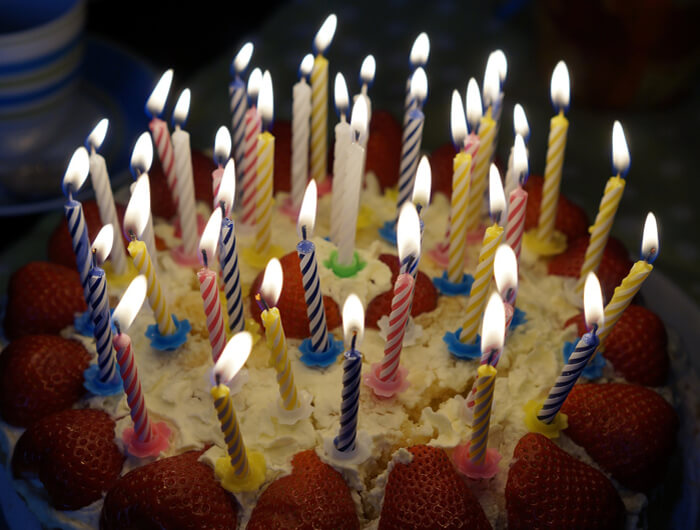Origin of Birthday Traditions

A birthday is a time when someone celebrates the anniversary of his/her birth. It is the expression of thanking God for tour birth and still keeping alive. Birthdays are celebrated often with parties and gifts and in most parts of the world, it is celebrated in the same ways.
Celebrating Birthday is very common practice through out the world, with common tradition of cutting cake, blowing candles and singing birthday song. A birthday party celebration usually is done with balloons, festive decoration and the guest show up with gifts. People have been celebrating birthday for ages. The ancient Egypt referred to the event, the Greeks added the candles and ancient Romans made a birthday party common.
Practices like eating cake or blowing out candles have become standard practice for birthdays around the world today; in fact, it’s hard to imagine birthdays without them!
Birthday Celebration
The celebration of birthdays is an ancient tradition, common to many cultures. In history, it was believed that spirits visited people on their birthdays and so the family members and friends surround the birthday person and make the person merry and protect him/her from the evil spirit around. They also make noises to shoo away the spirit.
The history of cake has a Greek origin story. The Greek goddess Artemis was the goddess of the moon, chastity, and the hunt. The Greeks had celebrations in her name, in which they would make round cakes and light candles on them to symbolize the moon. The round shape would obviously represent the full moon, while the candles would represent the light of our nearest celestial neighbor.
For ancient Egyptians, the crowning of a pharaoh represented the pharaoh becoming a god. Hence, the crowning ceremony was widely celebrated. The Greeks borrowed this idea of large celebrations in honor of a person or a god.
In Germany the, “Kinderfest/Kinderfeste” was a celebration for children. The word “Kinder” in German means children. Hence, as the name suggests, it was a festival for the children. The Germans used to believe that children were highly susceptible to any harm that might arise from demons/evil spirits on their birthdays.
Hence, on their birthdays, cakes were baked in the morning and the tradition of putting as many candles as the child’s age (plus one!) was invented here. The additional candle represented the parents’ hope that their child would live one more year.
Cutting Cake

The birthday cake has been an integral part of the birthday celebrations in western European countries. In the 15th century, bakeries in Germany conceived the idea of marketing cakes for customers’ birthdays, as well as for their weddings. They were mostly used for the birthdays of young children and thus these celebrations were referred to as Kinderfest. It was during this time period that cakes began to be layered and laden with new ingredients in order to render them sweeter and less bread-like. These kinds of cakes were called Geburtstagorten by the Germans.
It was during the 17th century Birthday cake took a more contemporary form. The cakes were like today modern cakes (multiple layers, icing, and decorations) but were only available to wealthy people. After the Industrial Revolution, these birthday cakes became accessible to the lower class as well, owing to the abundance of the ingredients required for the production of cakes. The Western European countries introduced birthday cakes as a part of their birthday celebration in the middle of the 19th century, which was a result of the ancient Roman culture.
Blowing Candles

It was Ancient Greeks who started putting candles on cake they used to bake cake in honor of Artemis, the goddess of the moon. Putting candles on cake make the cake glow like the moon, and it was believed that the smoke from the candles carried their prayers to the Gods. This became a tradition of placing candles on cake making a wish and blowing them. The number of candles represent the age of the person and before eating the cake the person have to blow the candles. The birthday person makes a wish and tries to blow out all the candles on one try. If the candles are all blown out, then the wish will “come true.”
Lighting candles over the cake and blowing them originates in Germany in 18th century. Most cultures today would find it indecent to celebrate birthday without cakes and candles to decorate it.
In a Nutshell
There is no standard for birthday cakes and relevant celebrations, although blowing candles, cutting cake and singing Happy Birthday song is the integral part of any birthday party.
Today, “Happy Birthday” is the most-sung ditty in the English language, according to the Guinness Book of World Records. The song “Happy Birthday to You” became popular in the early 1900s after which the phrase Happy Birthday started getting written on the birthday cakes. The variations of the birthday song and the associated rituals exist in different countries.
Happy Birthday Wishes For Friends And Family
